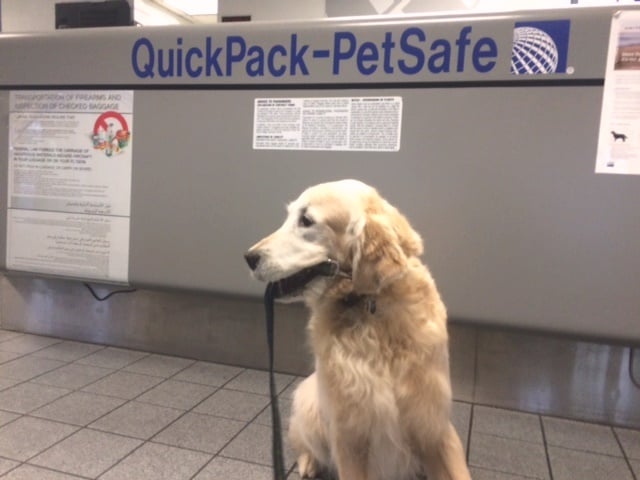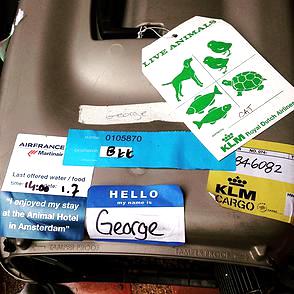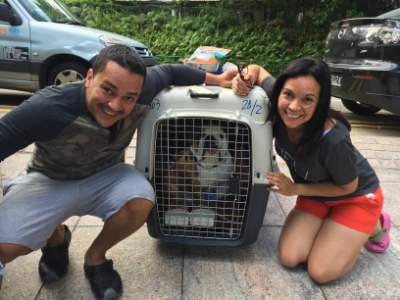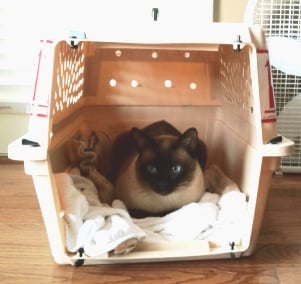Understanding Pet Transport Safety: Myths, Facts, and Recommendations | PetRelocation
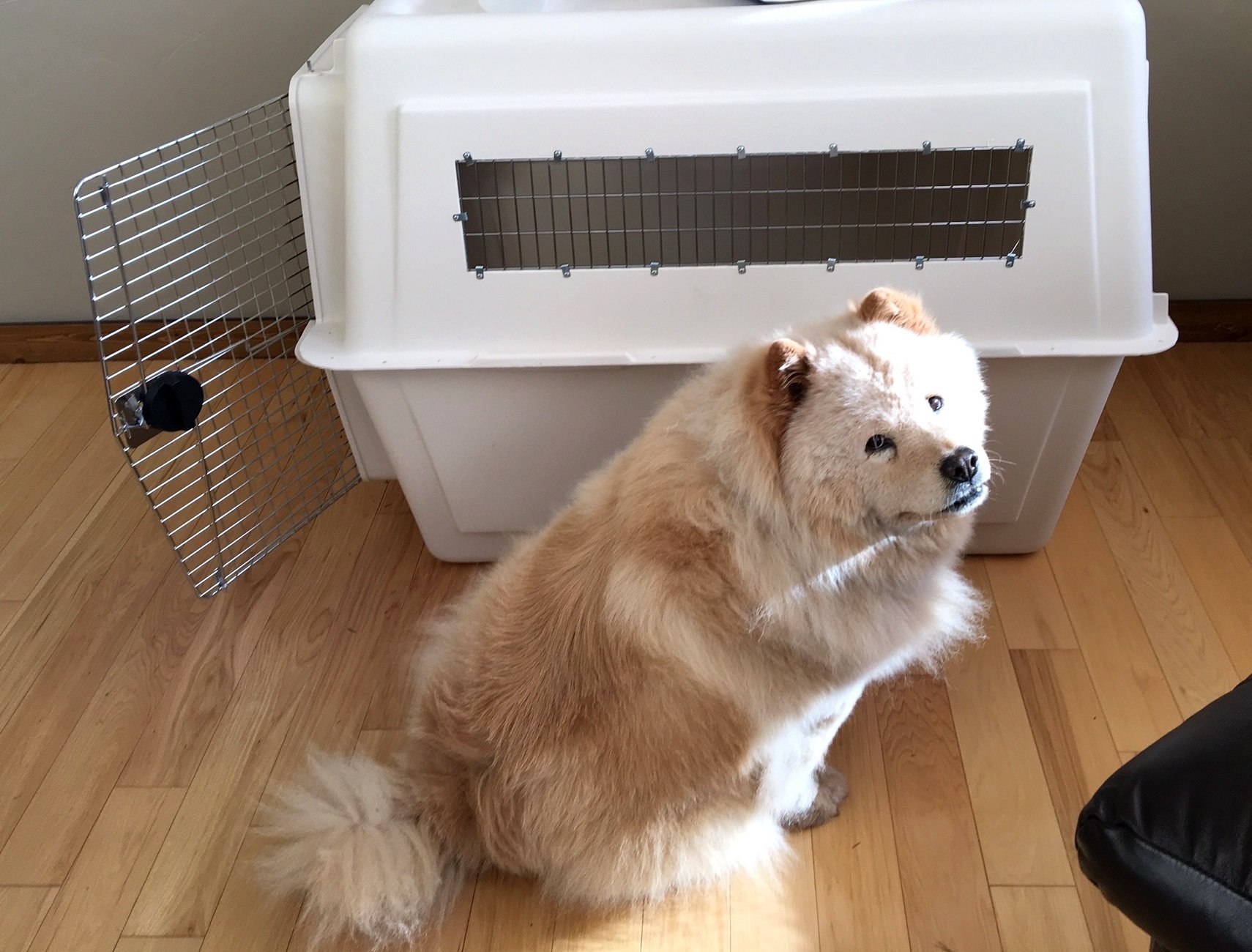 Dispelling Common Myths and Understanding the Facts of Pet Transport Safety
Dispelling Common Myths and Understanding the Facts of Pet Transport Safety
When planning to move with pets, ensuring their safety during transportation is a top priority for pet owners. However, there are numerous misconceptions surrounding pet air travel, and it's crucial to separate fact from fiction to make informed decisions for your furry friends. This guide explores the key facts about pet transport safety, debunks common myths, and provides recommendations to ensure a stress-free and safe journey for your pets.
Cargo Travel: A Safe and Preferred Option for Pet Air Travel
Many pet owners are concerned about cargo travel, but the reality is that it's often the safest option for pet transport. Airlines that offer "pet safe" cargo travel prioritize pet well-being and provide:
- Temperature-controlled vehicles and cargo areas
- Trained employees handling pets at every stage
- A "last on, first off" policy to minimize wait times
- Careful tracking of pets throughout their journey
While cargo travel may be more expensive, the higher standard of care, especially for larger pets, justifies the cost.
As you research the safest pet travel options, here's a look at the facts about pet air travel and the pros and cons of the various transit methods available.
Facts About Pet Air Travel Via Cargo
-
Some airlines are more pet friendly than others, so do some research as you plan your pet's trip and check with a pet travel expert to see which carrier they recommend based on your origin and destination.
-
A "pet safe" airline signals that employees are specifically trained to handle animals and follow a last on, first off policy. This means pets are given priority, they are transported in temperature controlled vehicles, and they are never left to sit on the tarmac.
-
Check-in occurs at the airline's cargo facility, and pets are tracked during each journey stage.
-
The cargo area is pressure and temperature controlled.
-
Pets do not need to travel on the same flight as the pet owner and are not attached to their pet owner's ticket, making it easier for people to plan their own travel routes.
-
This method tends to be more expensive because of the higher standards of care involved. Also, the larger your pet is, the more the ticket will be because the freight prices are based on the combined weight of the pet and their kennel.
-
PetRelocation books all pets' travel via manifest cargo (barring very special circumstances).
Myths About Cargo Travel
Contrary to some negative news stories, pet air travel via cargo is remarkably safe. With a success rate of 99.978%, it's important to view the statistics objectively. Cargo areas are pressure and temperature-controlled, and pets are treated with care—not as luggage. Pet-safe airlines are dedicated to ensuring a positive travel experience for pets. According to the last Department of Transportation report more than 2 million pets fly a year, with a negative incident rate of about .0022%.
Pet authorities like the Humane Society have said that pet air travel via cargo should be avoided at all costs. Still, this stance seems to be based on outdated or inaccurate information. Contrary to what many believe, the cargo area where pets are placed is pressure and temperature-controlled, like the cabin. Pet-safe airlines are dedicated to ensuring pets have a safe experience and aren't just treated as luggage. (See above and read more about flying pets safely here.)
Reasons Excess Baggage Travel Isn't Ideal for Pets
Many people think it's better to have a pet attached to their ticket, but if a pet is bumped from the flight (which happens more than you might think), this creates serious complications that can be difficult to deal with on your own. International pet travel is stressful enough without adding in additional unknown variables -- ask Biko, the subject of a recent NPR story.
The airlines that do not offer excess baggage for pets are doing it for good reason, and they tend to be the carriers that are the most devoted to safe pet travel.
For example, Delta recently discontinued its pets-as-excess-baggage policy to be more pet friendly and transparent. Though the media sometimes paint this as a negative decision because it limits pet owners' options, we think it's a positive move that will ultimately lead to more pets having better experiences when they fly.
Pet Air Travel in the Cabin
To be accepted, pets must fit underneath the airline seat in an airline-approved travel kennel, so this option is only available for small pets. Also, not all routes allow cabin travel (no matter how small your pet is), including many international routes. Many pet owners understandably think that keeping their pets in sight is always the best option, but the noise and chaos of the cabin can often be more stress-inducing to a pet than the more predictable cargo area.
PetRelocation's Recommendation
At PetRelocation, we recommend cargo travel on pet-safe airlines for a safe and comfortable experience. We've successfully flown thousands of pets via cargo and prioritize their well-being during every step of the journey.
We have flown thousands of pets safely via cargo during the last 10+ years -- read some of their stories here and find out more about U.S. DOT reporting statistics here.

